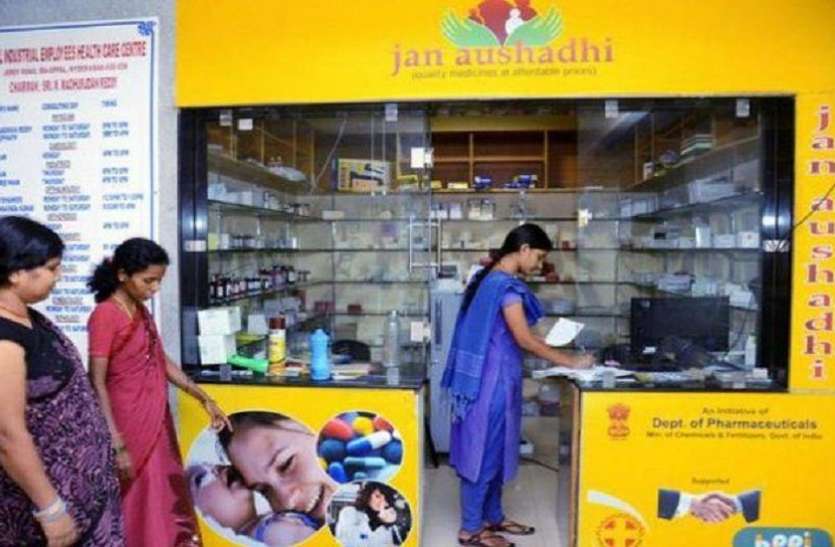Pradhan Mantri Bhartiya Jan Aushadhi Pariyojana (PMBJP), a scheme launched by Modi government to avail medicine at affordable prices has saved 1,000 crore rupees of the poor people of the country. There are more than 5,000 Janaushadhi Kendras which sell medicines at 50 to 90 percent cheaper rates. “We have reduced the prices of 850 medicines of common use. Besides, prices of other things required in the heart and knee surgery, which are delicate and costly, have been slashed,” said PM Modi. PM also said that December 7 will be observed as Janaushadhi diwas.
According to the draft of National Health Policy, “Over 63 million people are faced with poverty every year due to healthcare costs alone. It is because there is no financial protection for the vast majority of healthcare needs.” The poor and needy were previously required to sell their assets like jewelry in order to get quality healthcare, or ended up borrowing money from sahukars who levy heavy interests. The share of non-regular expenditure on healthcare as a proportion of total household monthly per capita expenditure is 6.9 percent in rural areas and 5.5 percent in urban areas. Hence the Janaushadhi outlets under PMBJP scheme are set to bridge the gap as far as medical facilities in the urban and rural areas are concerned.
Healthcare sector is one of the most underdeveloped industries in India. The services are highly concentrated in urban areas while rural areas still lack basic infrastructure for healthcare. Even in urban areas, the services are available to upper class only who can afford private healthcare at expensive rates. In seven decades of independence, no serious effort had been made by the previous governments to universalize healthcare. The constitution of India presents country as welfare state and basic facilities like universal school education and universal healthcare services are elementary for welfare state but still little efforts were made to provide in the 20th century. However, 21st century proved to be a little better for citizens of the country as elementary education was universalized in the first decade and now Modi government aims to universalize healthcare through Ayushman Bharat scheme.
Previously, Modi government launched Ayushman Bharat scheme on September 23, from Jharkhand. Under the scheme, Modi government has provided 5 lakh health insurance cover to 50 crore people, which is nearly 40 percent of the population of the country. Besides the insurance cover, the government is working to create 1, 50,000 wellness centers across the country under the Ayushman Bharat scheme. The wellness centers which include Sub-centres, Primary Health Centers (PHC) and Community health centers (CHC) are first line healthcare access to the people of the country. The families which will benefit from the scheme will be identified from the Socio-Economic and Caste Census (SECC), 2011 data. “The scheme will create considerable employment opportunities … It will create 10 lakh jobs in health and insurance sector,” said Indu Bhushan, the CEO of Pradhan Mantri Jan Arogya Yojana at an event organized by Assocham. “Six crore people in India go into poverty because of out of pocket expenditure on health … out of pocket expenditure is 2/3rd of total health expenditure in the country,” added Bhushan at the event.
Modicare is the largest public healthcare program in the world. It is also one of the cheapest and most efficient schemes, its success provide a template to all countries with similar per capita GDP to provide universal healthcare. If this happens Ayushman Bharat will not only be a service to the country but to humanity around the world.
